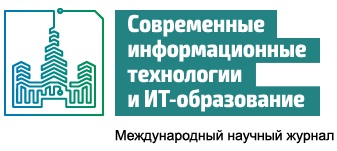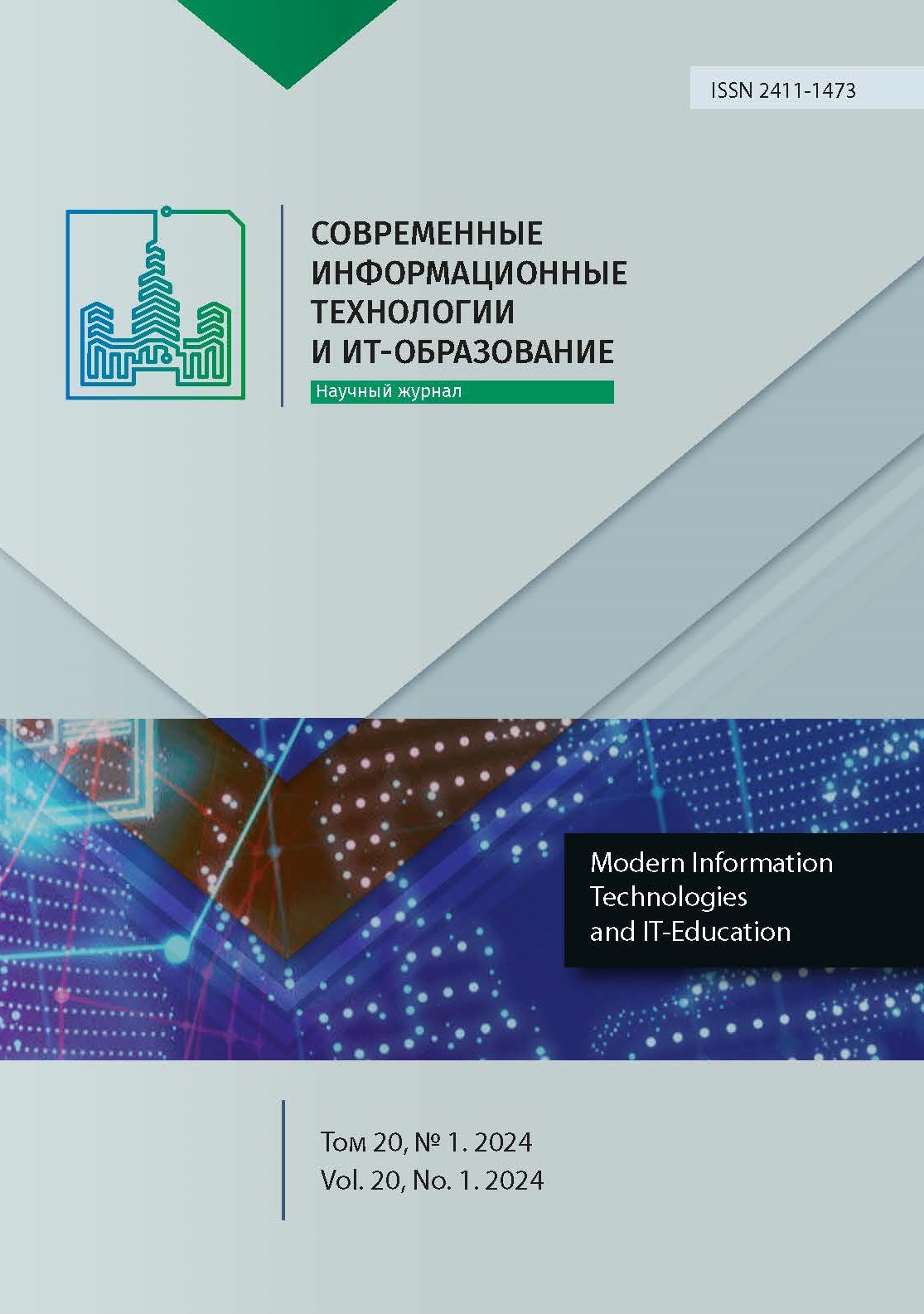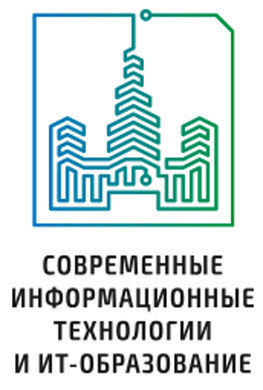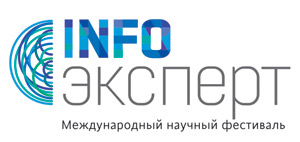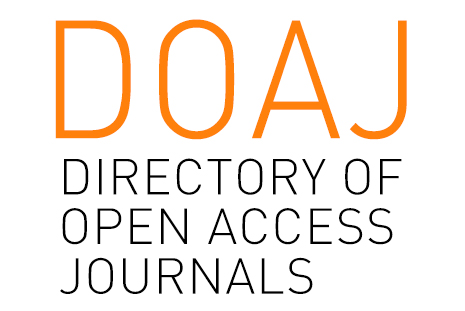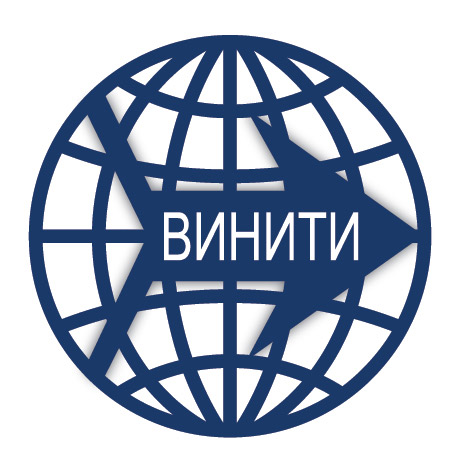Применение алгоритмов на решётках в постквантовой криптографии
Аннотация
В статье приведён анализ подходов к разработке постквантовых алгоритмов, проведён обзор прогресса в сфере квантовых компьютеров и постквантовых криптографических систем шифрования. Рассматривается один из наиболее перспективных подходов который основывается на теории решёток. Приведены трудно решаемые задачи, на основе которых построены криптографические примитивы теории решёток. В статье боле подробно рассмотрена схема шифрования Goldreich Goldwasser Halevi, построенная на теории решёток. В статье представлен программный комплекс, который позволяет пользователю изучать основные функции схемы GGH: алгоритмы генерации ключей, алгоритмы шифрования и расшифровки сообщения. В статье указаны основные назначения модулей программного комплекса, описан пользовательский интерфейс программы. Также программный комплекс даёт возможность провести атаку на схему шифрования с помощью алгоритма Ленстра-Ленстра-Ловаса. Данное приложение может быть использовано как часть лабораторного комплекса при изучении криптографических средств защиты информации.
Литература
2. King A.D., et al. Quantum critical dynamics in a 5,000-qubit programmable spin glass. Nature. 2023;617:61-66. https://doi.org/10.1038/s41586-023-05867-2
3. Kirichenko E.A. Quantum superiority as a threat to cybersecurity and post-quantum methods of cryptography. IMSIT Bulletin. 2021;(1):37-39. (In Russ., abstract in Eng.) EDN: KFKKBQ
4. Lukashev A.V., et al. Quantum aspiration as a threat to information security. International Journal of Information Technologies and Energy Efficiency. 2023;8(6):97-101. (In Russ., abstract in Eng.) EDN: IQDQNH
5. Nazarenko A.P., Dmitriev E.V. The current state of post-quantum cryptography in Russia and abroad. Synchronization systems, signal generation and processing. 2021;12(6):77-83. (In Russ., abstract in Eng.) EDN: FNKIVP
6. Minbaleev A.V., Berestnev M.A., Evsikov K.S. Ensuring information security of mining industry equipment in the quantum era. News of the Tula State University. Sciences of Earth.. 2023;(1):567-584. (In Russ., abstract in Eng.) https://doi.org/10.46689/2218-5194-2023-1-1-567-584
7. Dam D.-T., et al. A Survey of Post-Quantum Cryptography: Start of a New Race. Cryptography. 2023;7(3):40. https://doi.org/10.3390/cryptography7030040
8. Malygina E.S., et al. Basic approaches to the construction of post-quantum cryptosystems: description, comparative characteristics. Prikladnaya Diskretnaya Matematika. Supplement. 2023;(16):58-65. (In Russ., abstract in Eng.) https://doi.org/10.17223/2226308X/16/16
9. Kudryashov V.E., Fionov A.N. Problem of stability of modern cryptosystems against the background of the emergence of quantum computers. Interexpo GEO-Siberia. 2022;6:109-115. (In Russ., abstract in Eng.) https://doi.org/10.33764/2618-981X-2022-6-109-115
10. Kurokawa T., et al. Selection Strategy of F4-Style Algorithm to Solve MQ Problems Related to MPKC. Cryptography. 2023;7(1):10. https://doi.org/10.3390/cryptography7010010
11. Makarov A.O. Scheme of post-quantum aggregated signature with lazy verification based on multidimensional quadratic polynomials. IT Security(Russia). 2023;30(3):30-50. (In Russ., abstract in Eng.) https://doi.org/10.26583/bit.2023.3.02
12. Matveev G. Mathematical aspects of post-quantum cryptography. Science and Innovation. 2023;(8):52-56. (In Russ., abstract in Eng.) EDN: ELRJNN
13. Bukovshin V.A., et al. Analysis of modern post-quantum encryption algorithms. Scientific Review. Technical sciences. 2019;(4):36-44. (In Russ., abstract in Eng.) EDN: VGXBXK
14. Drzazga B., Krzywiecki Ł. Review of Chosen Isogeny-Based Cryptographic Schemes. Cryptography. 2022;6(2):27. https://doi.org/10.3390/cryptography6020027
15. Bandara H., et al. On Advances of Lattice-Based Cryptographic Schemes and Their Implementations. Cryptography. 2022;6(4):56. https://doi.org/10.3390/cryptography6040056
16. Nguyen T.-H., et al. A High-Efficiency Modular Multiplication Digital Signal Processing for Lattice-Based Post-Quantum Cryptography. Cryptography. 2023;7(4):46. https://doi.org/10.3390/cryptography7040046
17. Camacho-Ruiz E., et al. Timing-Attack-Resistant Acceleration of NTRU Round 3 Encryption on Resource-Constrained Embedded Systems. Cryptography. 2023;7(2):29. https://doi.org/10.3390/cryptography7020029
18. Orlov M.A., Nechaev K.A., Reznichenko S.A. Evaluation of statistical properties and cryptographic stability of random sequences obtained by an IBM quantum computer. IT Security(Russia). 2023;30(1):14-26. (In Russ., abstract in Eng.) https://doi.org/10.26583/bit.2023.1.01
19. Azman A.V., Rastamkhanov R.N., Tsukanov I.R. Authentication of the distribution of quantum keys using post-quantum cryptography. Izvestiya Tula State University. Technical sciences. 2023;(1):29-35. https://doi.org/10.24412/2071-6168-2023-1-29-35
20. Chizhov I.V., Popova E.A. Structural Attack on Mceliece-Sidelnikov Type Public-Key Cryptosystem Based on a Combination of Random Codes with Reed-Muller Codes. International Journal of Open Information Technologies. 2020;8(6):24-33. (In Russ., abstract in Eng.) EDN: NOIJEL
21. Sabani M.E., Savvas I.K., Poulakis D., Garani G., Makris G.C. Evaluation and Comparison of Lattice-Based Cryptosystems for a Secure Quantum Computing Era. Electronics. 2023;12(12):2643. https://doi.org/10.3390/electronics12122643
22. Karakaya A., Ulu A. A Review on Latest Developments in Post-Quantum Based Secure Blockchain Systems. In: 2023 11th International Symposium on Digital Forensics and Security (ISDFS). Chattanooga, TN, USA: IEEE Computer Society; 2023. p. 1-6. https://doi.org/10.1109/ISDFS58141.2023.10131840
23. Bos J., et al. CRYSTALS – Kyber: A CCA-Secure Module-Lattice-Based KEM. In: 2018 IEEE European Symposium on Security and Privacy (EuroS&P). London, UK: IEEE Computer Society; 2018. p. 353-367. https://doi.org/10.1109/EuroSP.2018.00032
24. Ortiz J.N., de Araujo R.R., Aranha D.F., Costa S.I.R., Dahab R. The Ring-LWE Problem in Lattice-Based Cryptography: The Case of Twisted Embeddings. Entropy. 2021;23(9):1108. https://doi.org/10.3390/e23091108
25. Yadav V.K., Verma S., Venkatesan, S. An efficient and light weight polynomial multiplication for ideal lattice-based cryptography. Multimedia Tools and Applications. 2021;80:3089-3120. https://doi.org/10.1007/s11042-020-09706-8

Это произведение доступно по лицензии Creative Commons «Attribution» («Атрибуция») 4.0 Всемирная.
Редакционная политика журнала основывается на традиционных этических принципах российской научной периодики и строится с учетом этических норм работы редакторов и издателей, закрепленных в Кодексе поведения и руководящих принципах наилучшей практики для редактора журнала (Code of Conduct and Best Practice Guidelines for Journal Editors) и Кодексе поведения для издателя журнала (Code of Conduct for Journal Publishers), разработанных Комитетом по публикационной этике - Committee on Publication Ethics (COPE). В процессе издательской деятельности редколлегия журнала руководствуется международными правилами охраны авторского права, нормами действующего законодательства РФ, международными издательскими стандартами и обязательной ссылке на первоисточник.
Журнал позволяет авторам сохранять авторское право без ограничений. Журнал позволяет авторам сохранить права на публикацию без ограничений.
Издательская политика в области авторского права и архивирования определяются «зеленым цветом» в базе данных SHERPA/RoMEO.
Все статьи распространяются на условиях лицензии Creative Commons «Attribution» («Атрибуция») 4.0 Всемирная, которая позволяет другим использовать, распространять, дополнять эту работу с обязательной ссылкой на оригинальную работу и публикацию в этом журналe.
